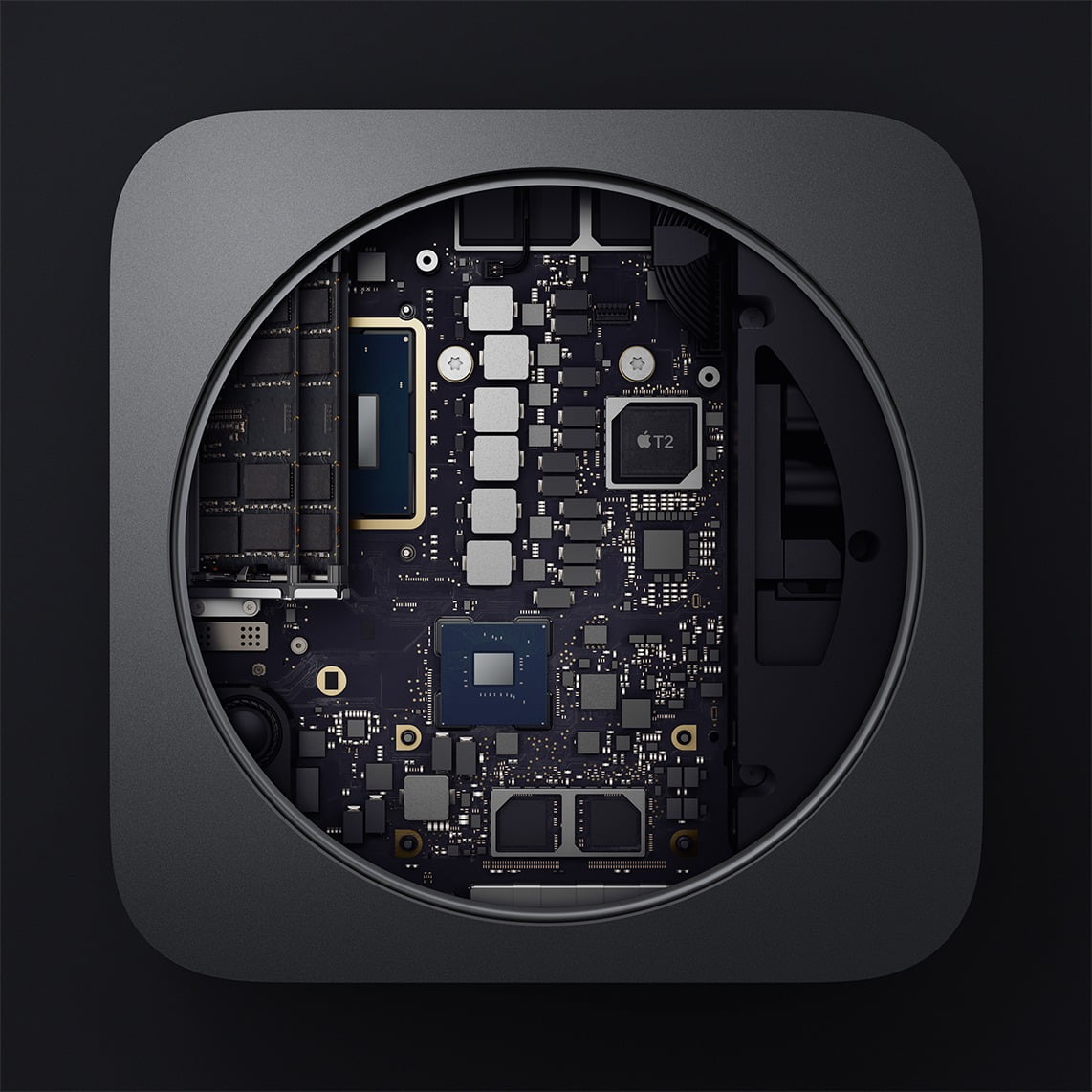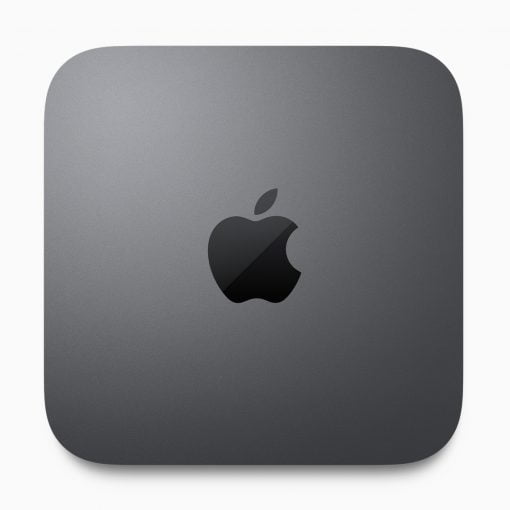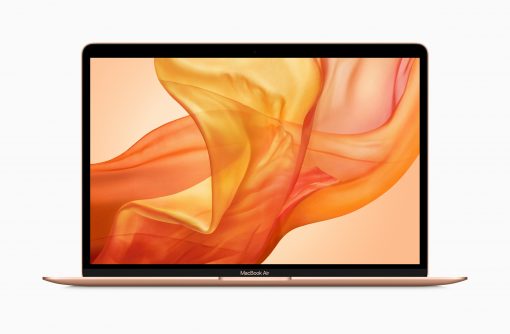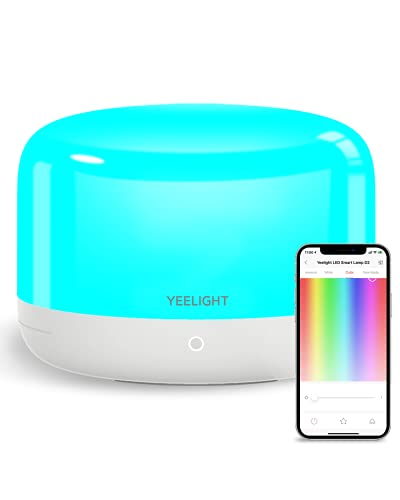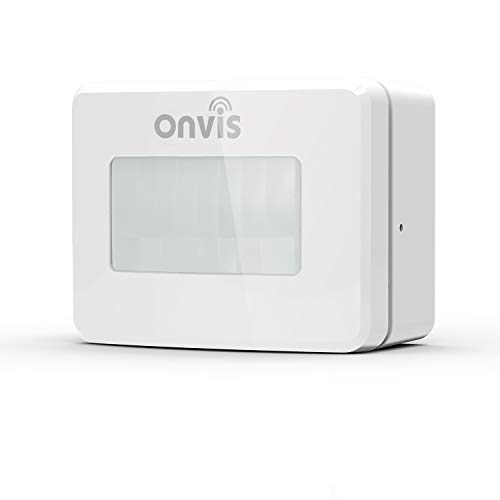Many of Apple’s product names have become firmly established in our perception of order of Apple products over time. This concept has been mixed up with the latest releases. We bring back some order and show how to reoccupy the established names.
The Mac mini has taken over the task of the Mac Pro
Let’s start with the Mac mini: the small computer was once introduced as the “most affordable Mac ever”, the cheapest Mac ever. Apple wanted to appeal to newcomers who perhaps already had a monitor and a keyboard, but now wanted to use a Mac. That was the case with 499 dollars at the time. Currently it costs about 800 – 1000 dollars.
If you take the top variant and compare it with a Mac Pro, you will find that it costs exactly half as much. The other half you pay for the Mac Pro is for the presence of separate graphics cards – the Mac mini has only an internal Intel UHD Graphics 630. However, there are no differences in computing power: the fastest Mac mini is even faster than the Mac Pro.
This brings us to the following consideration: the Mac mini is Apple’s new Pro computer. The conversion to the 2013 Mac Pro was accompanied by the fact that it was no longer possible to expand it, be it drives or plug-in cards, everything had to be connected externally. The Mac mini now goes one step further: the computing power remains at a high level, but this time there is also no powerful graphics: this also has to be upgraded via eGPU. Ironically, this makes sense regarding the price of the Mac Pro.
The time when Apple computers were famous for being an all-in-one package is finally over for professional computers. Apple limits itself to delivering the operating system and a powerful CPU, everything else can/must be connected externally. The question arises why the Mac Pro is still offered at all. It contains the more powerful graphics compared to the Mac mini, and you can connect up to three 5K monitors (beware, only dual cable models – available used!). Anyone who only wants to connect one 5K monitor or can get by with three 4K monitors will be happy with the Mac mini. If GPU performance is required, an eGPU should be used.
The MacBook is the intellectual successor of the MacBook Air
When the MacBook Air 2008 was introduced, it was much lighter than the 13-inch MacBook (Pro from 2009) unibodies and much more expensive. For many, the missing weight was worth the extra charge. And to be honest: the difference was really huge. In addition, the MacBook Air received a display with a resolution of 1440 x 900 from 2010 on, which was better than the usual 1280 x 800 pixels. In the course of time, the high price then dropped and Apple positioned it as an entry-level notebook in terms of price after the plastic MacBooks expired in 2011.
So it had two positions in its life: first the creation of a new genre of very lightweight MacBooks and later the possibility of entering the Apple world for around 1000 dollars. That’s also why the MacBook Air has become so dear to many people’s hearts. This long construction period and its widespread use have shaped the name “Air” for many. Even with the advent of Retina displays, many people still bought MacBook Air: although the display didn’t have such a high resolution as newer models, it was still very popular due to its robustness. But what it meant was: it still is, because Apple still sells the MacBook Air without Retina Display but with conventional ports.
From 2015 Apple has added the 12″ Retina MacBook to its program. It’s extremely lightweight, has a Retina display, and doesn’t even have a fan for cooling. It has also introduced the new Butterfly keyboard with its short and crisp stroke. So you see, while the original MacBook Air has come to a technical standstill and made the transition to the affordable entry-level computer, the MacBook has taken the lead in innovation. It was, and still is, quite expensive, but technically quite far ahead in every respect. The portability is unmatched, the retina display is bright and the keyboard is pleasant to type on in the current second generation. So the spirit of the new and cool MacBook Air has moved to the 12-inch MacBook.
And the journey is far from over: Apple has announced that it will soon no longer rely on Intel chips in Macs, but on its own developments, as in the iPhones and iPads. Maybe we’ll soon find an A13 or A14 chip in a MacBook. And the first MacBook to get such a chip is probably the small 12-inch MacBook, the current door to Apple’s MacBook future.
The MacBook Air 2018 is the conceptual successor of the plastic MacBooks
But if the small MacBook is the new and cool innovator, what is the place of the new MacBook Air with Retina Display? It took the place of the plastic MacBooks: it’s still a MacBook, but it’s a slimmed-down one.
And that’s the case with the MacBook Air: it’s not as light and portable as the 12-inch MacBook, it’s almost the same weight and size as the MacBook Pro. It also has a weaker processor than a Pro, and the display is much worse: It shines noticeably weaker than the Pro’s displays with 500 Nits, with only 250 – 300 Nits. The 12″ MacBook display also shines much brighter. The screen’s color space is also more limited than on the Pro models. These are all circumstances like they were with Alu MacBook Pro vs. plastic MacBook. You might think: It’s all there, but in a slightly simpler version.
So far so good. If you get less, you could pay less. And here’s the problem: The 2010 MacBook and MacBook Pro models came with the same processor (2.4GHz), same hard drive, same graphics card, and same iSight camera. With an official $200 price difference, the simpler model simply had a plastic case and half the RAM (which you could upgrade later).
But the official difference between MacBook Air Retina and MacBook today is only $100 – and the differences are so significant that it’s hard not to buy a MacBook Pro that’s technically better in every respect. The problem with the MacBook Air 2018 is not that it’s technically simpler than the Pro – the problem is that it’s far too expensive compared to the Pro. We’ve explained in detail why the smallest MacBook Pro is the more sensible option.
Beginner Mac is still the old Air
If you are now looking for a new 500/600 dollar Mac mini or a MacBook that costs about one thousand bucks, you will notice that Apple has cancelled all cheap options. Really cheap computers that save money in the right places no longer exist.
The only possibility to get good Apple hardware is and remains the old MacBook Air without Retina display for almost that price. Yes, it’s an old design, and yes it doesn’t have a Retina Display, but it’s the cheapest new Apple computer, the SSD can be upgraded later and the device can control a 4K monitor. So if you use the old Air as your entry-level computer, you’ve (video editing excluded) still made a good choice.
